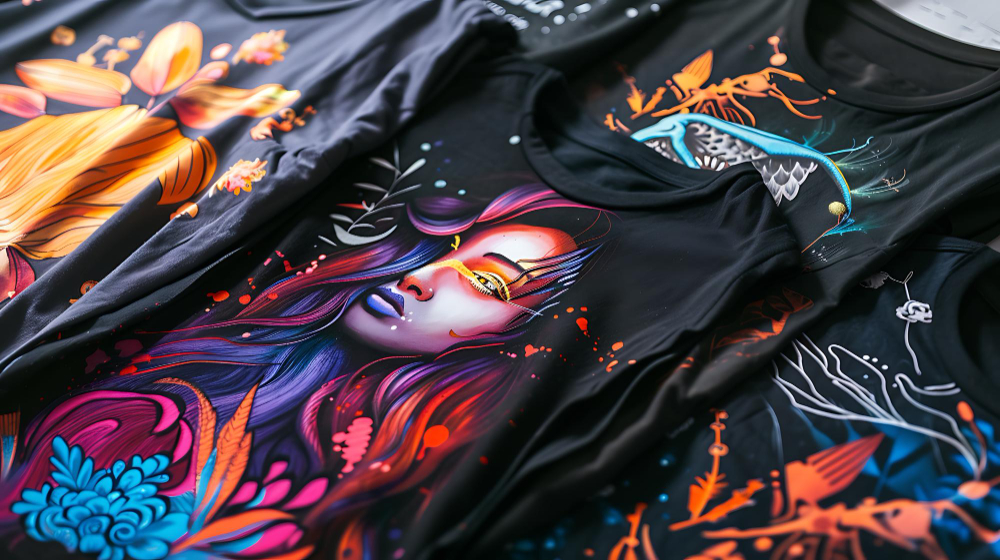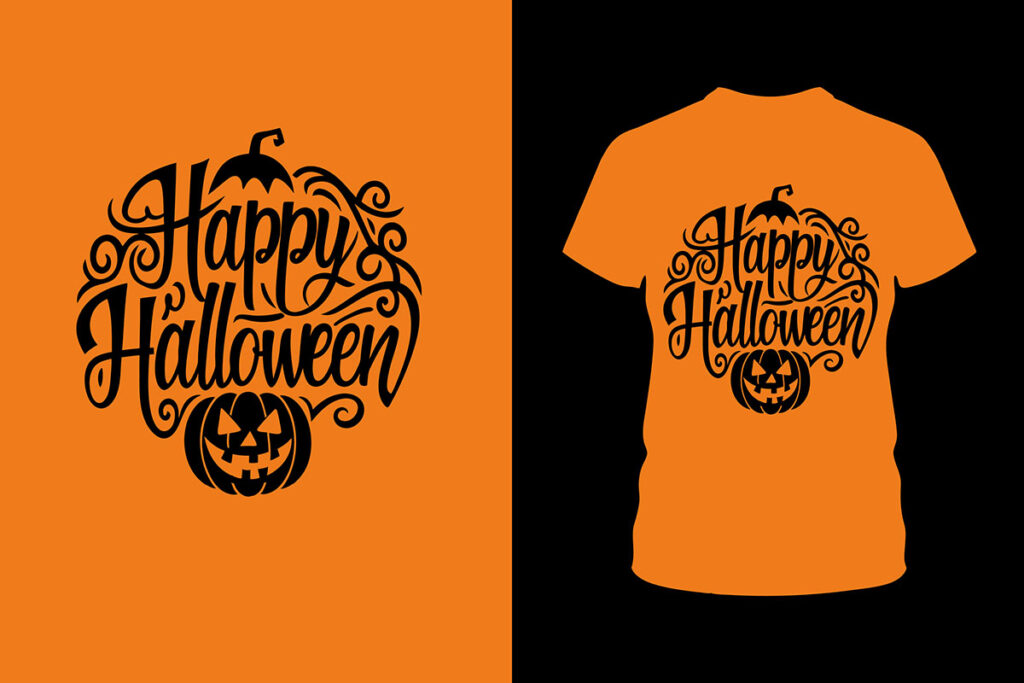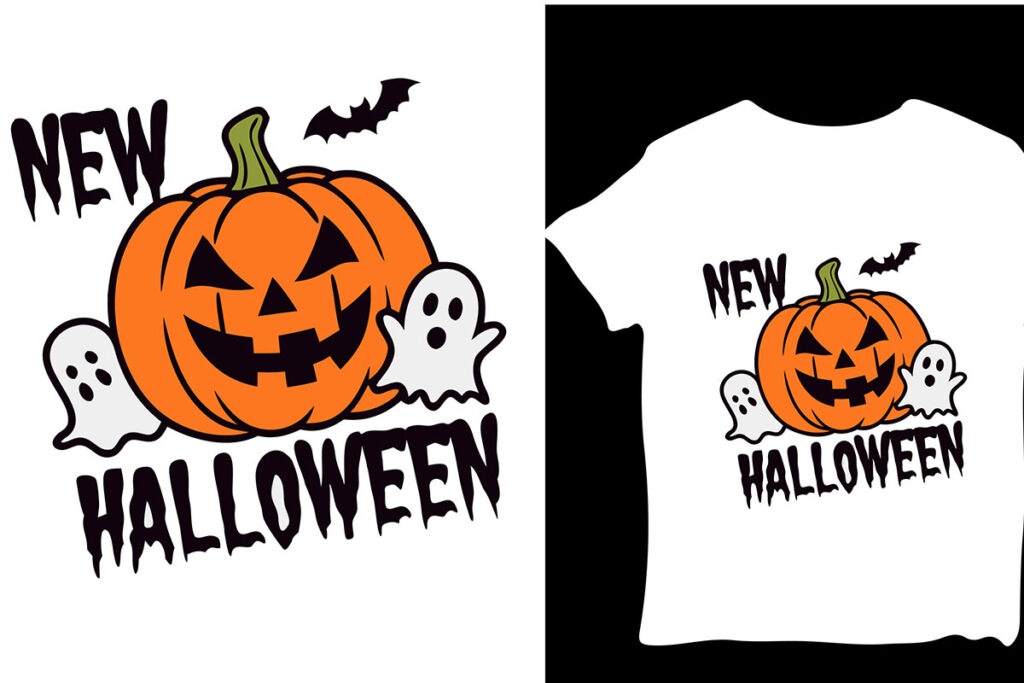DTF transfers, or Direct to Film transfers, are revolutionizing the world of custom apparel printing by offering vivid designs and versatility across various fabrics. This innovative fabric printing technique combines the best of both screen printing and modern technology, allowing for high-resolution images that capture intricate details and a broad spectrum of colors. Businesses are increasingly considering DTF printing for its quick turnaround times, especially when dealing with smaller batch sizes, making it ideal for custom jobs. However, along with its advantages, it’s essential to weigh the pros and cons of printing methods like DTF transfers, particularly in terms of durability compared to traditional screen printing. In this article, we will explore the ins and outs of DTF transfers to help you make an informed decision for your custom apparel needs.
In the realm of fabric decoration, Direct to Film applications are gaining traction alongside classic techniques such as screen-based ink printing. This contemporary approach enables artists and brands to transfer eye-catching graphics directly onto textile surfaces, making it a popular choice for personalized clothing and promotional items. As the market for custom designs flourishes, understanding the benefits and drawbacks of various printing methodologies becomes crucial. By analyzing the relative merits of DTF and traditional screen-based printing, enthusiasts can make more informed decisions regarding their fabric customization endeavors. Whether leveraging the details offered by DTF technology or the enduring appeal of screen printing, there’s a method to suit every creative vision.
The Growing Popularity of DTF Transfers
In recent years, **DTF transfers** have become increasingly popular among custom apparel printers, appealing to both small and large businesses. The technique’s ability to produce high-quality, vibrant prints has garnered attention in various sectors, particularly for those seeking unique and intricate designs. With advancements in technology, DTF printing has dramatically improved, allowing for greater design flexibility while minimizing costs associated with traditional printing methods.
This surge in interest can be attributed in part to the versatility of DTF transfers. Unlike screen printing, which often requires specific fabric types and setups for different colors, DTF can be applied to a wide range of textiles. This adaptability makes it an excellent choice for custom projects and small orders, where the need for quick turnaround times and cost efficiency are paramount.
Screen Printing vs. DTF Transfers: Pros and Cons
When comparing **screen printing** to **DTF transfers**, it’s essential to evaluate the pros and cons associated with each method. Screen printing is renowned for its durability and effectiveness in large production runs, making it ideal for traditional merchandise like t-shirts and jerseys. However, the method requires more time and investment upfront due to the setup of screens and inks, thus limiting its appeal for smaller batches.
On the other hand, DTF transfers offer flexibility by allowing for detailed designs and easy application across various materials. This can eliminate some of the labor-intensive aspects of traditional screen printing. Nevertheless, it’s crucial to consider the durability of DTF printed designs since they may not withstand wear and washing as effectively as their screen-printed counterparts, particularly if not applied correctly.
Durability: A Key Factor in Printing Choices
Durability is a significant consideration when deciding between **DTF transfers** and screen printing for custom apparel. Screen printing is widely recognized for producing long-lasting prints that can endure multiple washes without losing their vibrancy or integrity. The ink used in this method bonds with the fabric, resulting in a robust design that many businesses rely upon.
In contrast, while DTF transfers are improving in durability, they may still face challenges, particularly with longevity when compared to screen printing. Business owners must weigh these factors carefully; for items expected to undergo heavy use, screen printing might offer an advantage, whereas DTF could be preferable for smaller, specialty items.
Cost Considerations for Custom Printing
When it comes to cost, both **screen printing** and **DTF transfers** have unique financial implications. Screen printing can be more economical when ordered in bulk due to lower costs per unit once the initial setup is complete. However, for smaller runs, the costs can escalate quickly as each new color requires an additional screen.
Conversely, DTF transfers can present a more affordable option for small batch printing, as there are generally less upfront costs related to screens and setup. This makes it an ideal choice for businesses focusing on custom apparel printing or versatile designs where the order quantity can vary significantly.
Application Versatility: DTF Transfers Shine
One of the standout characteristics of **DTF transfers** is their application versatility across different fabrics and materials. This method is effective on a variety of textile types, including cotton, polyester blends, and more. This flexibility allows businesses to cater to a wider audience and offer a diverse array of custom apparel options.
In comparison, traditional **screen printing** methods typically work best with specific fabrics, which can limit the scope of projects. For brand owners looking to produce various types of merchandise, the versatility of DTF transfers can pave the way for exciting new product lines.
Future Trends in Printing Techniques
As technology evolves, both DTF transfers and screen printing are experiencing significant advancements. **Screen printing** continues to improve with eco-friendly inks and automated processes that streamline production, while DTF is rapidly becoming a competitive option in the market owing to its adaptability and efficiency. This evolution presents opportunities for businesses to integrate both methods into their operations.
Hybrid approaches that utilize both DTF transfers and screen printing are becoming more attractive. For example, businesses can combine the durability of screen printing for base designs with the intricate detail capabilities of DTF for more complicated graphics. This collaborative usage could redefine standards in custom apparel printing, offering businesses the chance to produce high-quality, versatile products.
Frequently Asked Questions
What are DTF transfers and how do they differ from screen printing?
DTF transfers, or Direct to Film transfers, involve printing designs onto a special film and then applying them to fabric using heat and adhesive. This method contrasts with screen printing, where ink is applied directly to the fabric through a mesh screen. DTF transfers are known for their detail and versatility on various materials, while screen printing is often lauded for its durability and cost-effectiveness in large runs.
What are the advantages of using DTF transfers for custom apparel printing?
DTF transfers provide several advantages for custom apparel printing, including the ability to create high-resolution images with a wide color range, versatility on different fabric types, ease of production for smaller batches, and faster turnaround times compared to screen printing.
What are the primary drawbacks of DTF transfers compared to screen printing?
While DTF transfers offer many benefits, they also have drawbacks such as potential durability issues, where transfers may fade or peel if not applied correctly, and higher initial equipment costs. In contrast, screen printing typically offers more durability for long-lasting designs.
Is DTF printing suitable for small batch orders in custom apparel printing?
Yes, DTF printing is particularly suitable for small batch orders in custom apparel printing due to its straightforward process and quick production times. This makes it an ideal choice for businesses looking to fulfill limited orders efficiently.
Can DTF transfers be used on various fabric types?
Absolutely! One of the key strengths of DTF transfers is their versatility; they can be applied to a broad range of fabric types, from cotton to polyester blends, making them ideal for diverse custom projects.
How do DTF transfers compare to screen printing regarding eco-friendly practices?
Both DTF transfers and screen printing can adopt eco-friendly practices, but screen printing often has established options with sustainable inks. DTF printing is still evolving to enhance its environmental impact, but it is crucial to assess specific providers for eco-conscious choices in either method.
| Aspect | DTF Transfers | Screen Printing |
|---|---|---|
| Durability | Less durable; may fade or peel if not applied correctly | Highly durable; inks penetrate fabric and resist fading |
| Setup Time & Cost | Lower initial setup, quicker for small batches | High initial setup cost; labor-intensive for small runs |
| Color Range | High-resolution images with a vast color range | Limited; requires separate screens for each color |
| Versatility | Works on various fabrics (cotton, poly blends) | Better for large runs; less adaptable for smaller designs |
| Ease of Production | Streamlined process; quick turnaround | More time-consuming; better for large orders |
| Eco-friendliness | Limited eco-options; newer technology improving | Many companies use eco-friendly inks |
Summary
DTF transfers are an innovative method in the world of custom printing that offer remarkable versatility and detail when creating designs. The appeal of DTF transfers lies in their ability to produce vibrant, high-resolution prints that can be applied to a wide range of fabric types, making them an excellent choice for unique apparel. However, while DTF transfers can excel in speed and convenience, they still face challenges in durability when compared to more traditional methods like screen printing. Understanding the differences between DTF transfers and screen printing can greatly benefit businesses when it comes to making informed decisions on printing methods tailored to their specific needs.



